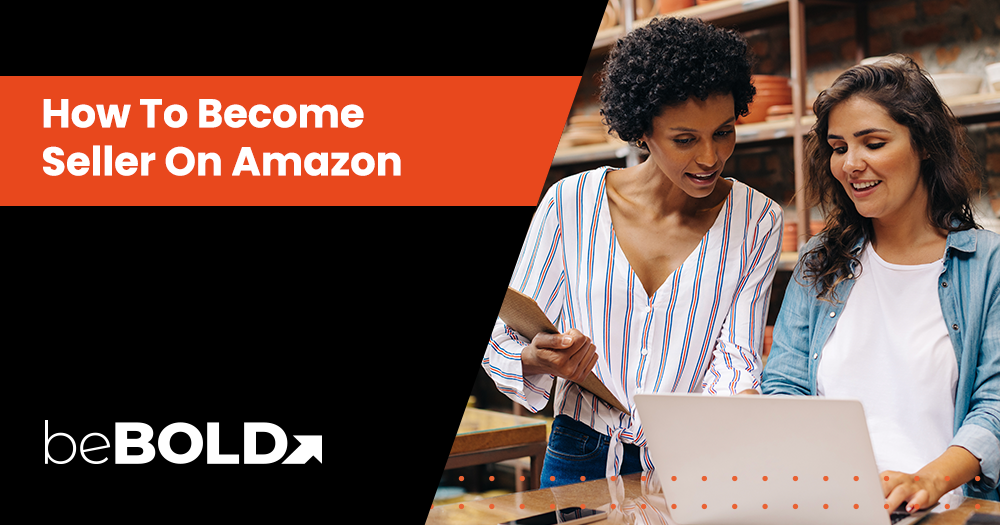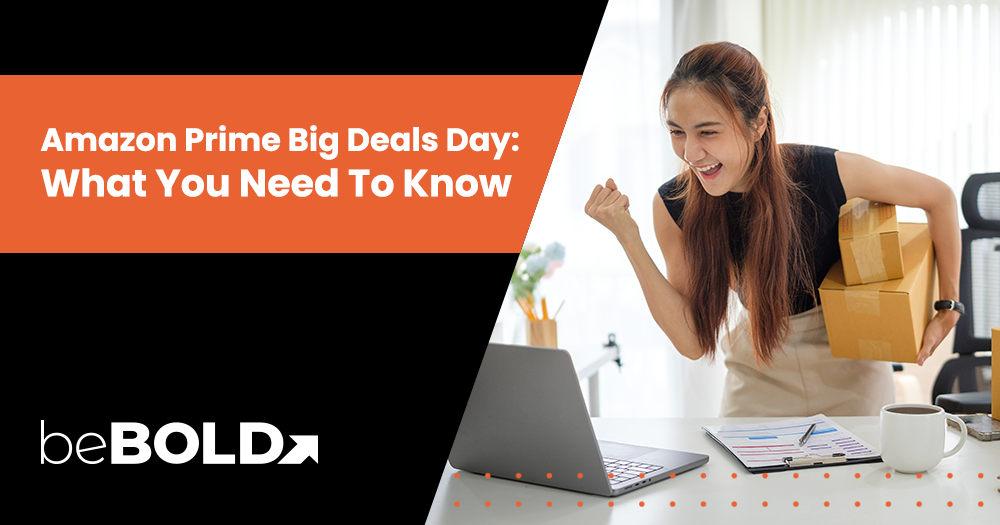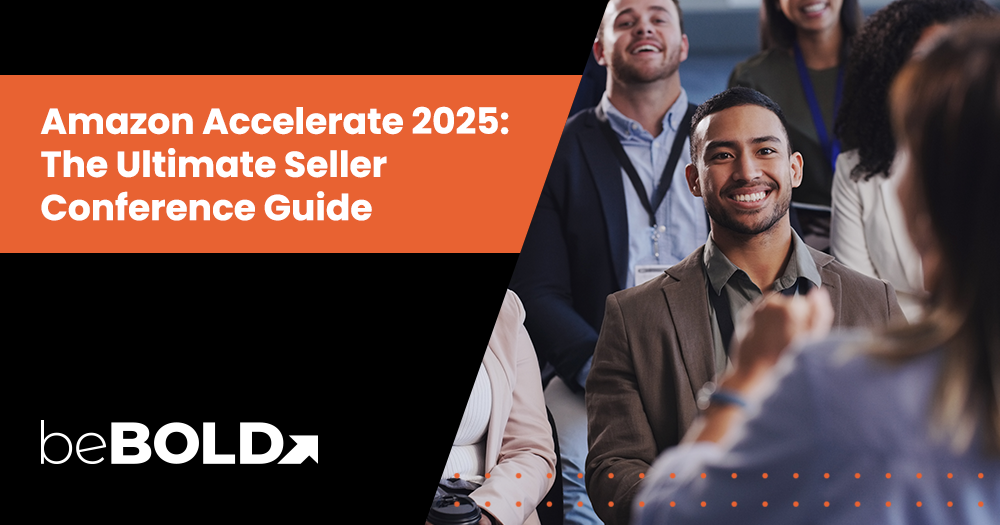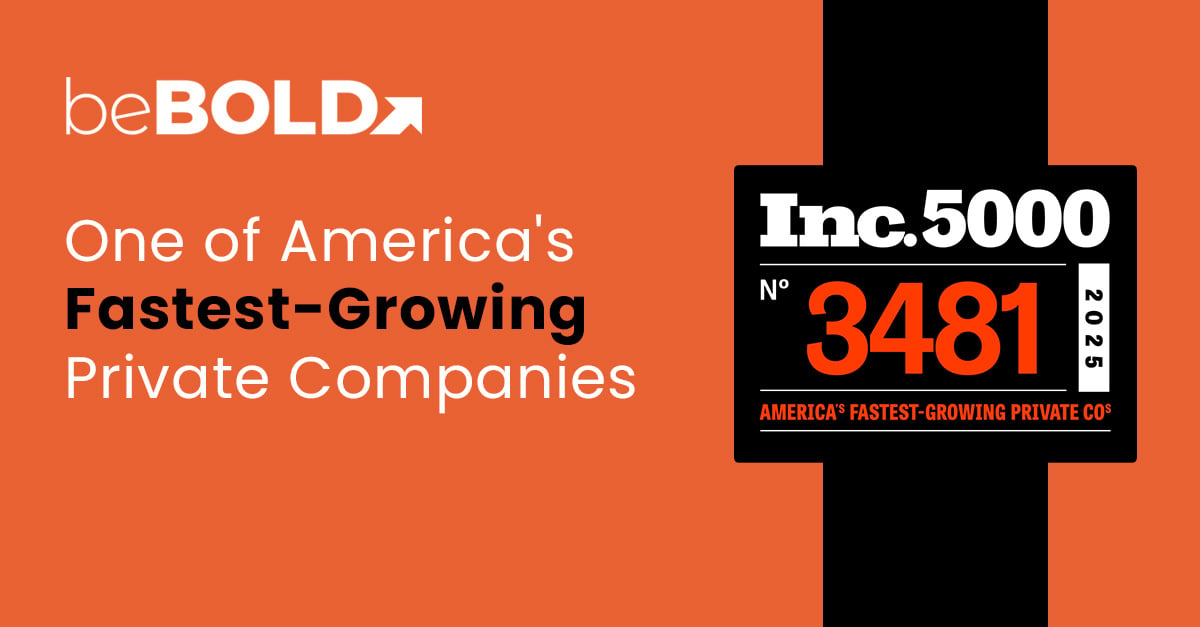Key Summary
- If you're just starting out as a new Amazon Seller. Start by choosing the right product — one that’s in demand and fits your passion or niche. This can give you an edge over generic sellers.
- Pick a business model that works for you, like private label or dropshipping. Each has its pros, so go with what matches your goals.
- Setting up your Amazon Seller account is simple. Choose your plan and get registered to unlock access to your Seller Central dashboard.
- Your product listings matter more than you think. A strong title, sharp images, and clear bullet points can seriously boost conversions 📸
- Don’t forget SEO — keywords help customers find you. Add them naturally to your listing and backend to improve visibility 🔍
- Marketing is key! Use Amazon PPC, coupons, and deals to get more eyes on your product and drive sales 🚀
- If you want less hassle, FBA is a great option. Amazon handles the shipping and customer service so you can focus on growing.
Have you ever wondered what it takes to start selling on Amazon and reach millions of potential customers worldwide? Becoming an Amazon seller is easier than you think and can open doors to endless opportunities. Whether you want to sell handmade products, resell items, or launch your own brand, Amazon provides the tools and platform to turn your ideas into a thriving business.
In this blog, we'll walk you through the step-by-step process of becoming an Amazon seller. From setting up your account to listing your first product and some valuable tips, you'll learn everything you need to get started. So, let's dive in and discover the potential of selling on one of the world's largest online marketplaces!
Determine what to Sell on Amazon

A vital initial step in becoming an Amazon seller is deciding on the right products to sell. This can vary based on consumer demand, market trends, and your business model. Let's learn more about these factors in the following sections.
1. Research Market Trends and High-Demand Products
Researching market trends and identifying high-demand products is integral to developing a successful product portfolio for Amazon.
Here are a few key strategies to note:
- Utilize Amazon's best sellers list: The list provides valuable insights into the most popular and high-demand items sold on Amazon in various categories.
- Study Sales Rankings: Sales rankings show a product's performance within its category. A high sales ranking generally indicates a high-demand product.
- Keep a Pulse on Current Events and Seasonal Trends: News, holidays, and seasonal shifts can drastically impact what consumers are buying.
- Utilize Amazon's Product Opportunity Explorer: This tool provides insights about Amazon customer search and purchase behavior, which can guide you in selecting profitable products.
- Consider Profit Margins: While picking high-demand products is crucial, it's equally important to ensure these products offer good profit margins to sustain your business operations.
2. Choose a Niche or Business Model
Choosing the right niche or business model is essential for a successful Amazon selling journey. The trick here is to find a balance between selecting a niche with a significant customer base and one not overly saturated with competition.
Here are some strategies to help:
- Consider Your Interests & Expertise: Selling products that align with your passions or areas of expertise may make your selling journey more enjoyable and, in turn, more successful.
- Evaluate Niche Market Trends: Using tools like Google Trends or Amazon's own Product Opportunity Explorer, understand the trending niches to make an informed decision.
- Consider Profitability: Ensure that your chosen niche has products that can be sold at a profit, keeping in mind Amazon's seller fees, production costs, and shipping charges.
- Assess Competition: More often than not, less competition means more opportunities. While highly competitive product niches might promise high sales, they might also have tighter profit margins due to high competition.
Set Up Your Amazon Seller Account

Once you've decided what to sell and defined your business model, setting up your Amazon seller account is next. The pointers below will help you set up your account.
1. Choose Your Selling Plan
When you start selling on Amazon, you'll choose between two types of accounts: Individual seller and Professional seller. An Individual account is perfect for beginners or sellers who plan to sell fewer than 40 items a month. It charges a $0.99 fee per sale.
Meanwhile, if you're looking to scale and sell more than 40 items a month, a Professional account is the way to go. For $39.99 a month, you won't pay a per-item fee, plus you get perks like better placement on product pages and access to reports and tools to help manage your business more efficiently.
2. Register and Create a Seller Central Account
The next step is registration once you've chosen the right selling plan. To sign up, you'll need critical details like your business name, legal name, address, contact info, tax ID number, and bank account information to receive payments.
After completing the registration, you can log into your Seller Central Account. This is your central hub for managing your sales, tracking performance, and giving amazon seller central user permission. Accessing a variety of tools to help you succeed on Amazon. It's everything you need to run your Amazon business in one place.
3. Configure Account Settings
After setting up your Seller Central account, configure your seller profile with your name, return policies, and shipping rates. Add bank details for payment transfers and update your tax information as required.
Lastly, don't forget to set your notification preferences to stay informed on account activities and orders.
Source Your Product
Once your seller account is set up, it's time to source your product. You can buy products from wholesalers, manufacture your own items, or use a dropshipping model, where the supplier ships orders directly to customers. Each option offers different levels of control over inventory, product quality, and branding.
The choice depends on factors like your startup capital, how much control you want over product design, order volume, and shipping logistics. Carefully evaluate your business goals and resources to choose the sourcing method that best suits your needs and helps set up your Amazon business for success.
List and Optimize Your Product
The next step involves listing your product on Amazon's marketplace. When creating a product listing, pay close attention to product titles, descriptions, images, and pricing. Also, ensure your listing is optimized with keywords related to your product. The following sections will talk about how to list and optimize your products.
1. Creating Product Listings
Product listings are a crucial part of selling on Amazon. A customer's decision to purchase largely depends on how well you present your product's features and benefits.
Here's how to Create an effective product listing:
- Product Title: A product title should be descriptive, keyword-optimized, and ideally, start with the brand name. Keep it within a 60-character limit for the best results.
- Product Description & Bullet Points: The description should highlight key features and benefits of the product. Use short, bulleted sentences for better readability.
- Product Images: High-quality images play a vital role in attracting customers. They should be clear, accurately represent the product, and preferably have a white background.
- Pricing: Ensure your pricing is competitive yet profitable. Monitor competitor products regularly for market-aligned pricing.
2. Optimize Your Listings with Keywords and High-Quality Images
Keywords and high-quality images can significantly enhance your product listing's visibility and conversion rates.
To optimize your listings with keywords:
- Identify Relevant Keywords: Tools like Google Keyword Planner, SEMRush, or even Amazon's Autocomplete feature can help you research keywords associated with your product.
- Use Keywords Strategically: Implement keywords in product titles, descriptions, and backend search terms. However, make sure not to overstuff your listing with keywords, as it could hamper readability.
Quality images, on the other hand, provide visual support to your product listing:
- Use High-Resolution Images: Images should preferably be 1000x1000 pixels to support Amazon's zoom feature.
- Show Different Angles: Provide multiple pictures showcasing different angles and aspects of your product.
- Use Infographics: Infographics are a great way to visually highlight specific features, measurements, or unique selling points of a product.
3. Utilize Amazon's Tools to Boost Your Listings
Successfully selling on Amazon extends beyond just creating optimized listings.
To further boost the visibility of your listings, Amazon provides a host of tools, including:
|
Amazon Selling Tools |
Purpose |
|
Fulfillment by Amazon (FBA) |
Offers Prime Shipping and improves visibility |
|
Sponsored Products |
Advertises products in search results and listings |
|
Lightning Deals |
Provides time-sensitive sales for quick inventory turnover |
|
Promotions & Coupons |
Encourages purchase with discounts |
Managing Your Inventory and Pricing
Effectively managing your inventory involves balancing stock levels to avoid stockouts and overstocking. Implementing an inventory management system helps you track stock levels, orders, sales, and deliveries in real time, ensuring you're always prepared to meet demand without tying up excess capital in unsold products.
Besides, pricing plays a crucial role in maintaining a competitive edge while ensuring profitability. By adjusting your prices based on market demand, competitor pricing, and seasonal trends, you can optimize sales and maximize profits, staying agile in a constantly changing marketplace.
Marketing and Promoting Your Products
Effective marketing and promotion are essential to increase product visibility, sales, and overall business growth. Techniques such as running PPC Campaigns and utilizing Amazon's promotional tools drive more traffic.
1. Employing PPC Ads
PPC (Pay-per-Click) ads are a powerful marketing strategy on Amazon. When you run a PPC campaign, your products are advertised in search results and product detail pages, which can significantly increase your product's visibility.
Here's how it works:
- Bidding on keywords: When setting up your PPC ads, you bid on relevant keywords. When a customer performs a search that matches your keyword, your ad has the potential to show up in their search results.
- Paying for clicks: As the name suggests, you only pay when a customer clicks on your ad, irrespective of whether they end up purchasing or not.
2. Utilize Amazon's Promotional Tools
Beyond PPC campaigns, Amazon also offers a host of promotional tools that sellers can utilize:
- Coupons: Offering digital coupons can significantly increase the attractiveness of your listings. Customers can discover these easily in their search results.
- Deals: Lightning and 7-Day Deals can create a sense of urgency among shoppers, leading to quick sales. These deals are featured on Amazon's Deals page.
- Promotions: Offering quantity discounts, buy-one-get-one offers, or free shipping can significantly enhance customer experience and increase sales, especially when using brand-tailored promotions to customize deals for specific shopper segments.
What Are Some Tips to Consider Before You Start Selling?

Before you embark on your journey as an Amazon seller, consider the below essential tips that can save you from pitfalls and lead you to success.
- Decide on a Business Model: Choose between creating your products, reselling wholesale, or drop shipping. Each model has pros and cons—creating products offers control but higher costs while reselling is cheaper but with lower margins. Choose the one that aligns with your goals.
- Join an Amazon Community: Engage with Amazon seller communities to learn from experienced sellers. These groups offer valuable insights, tips, and policy updates, helping you improve your strategies and stay informed.
- Set Your Budget: Create a realistic budget covering product costs, fees, shipping, marketing, and potential returns. Factor in slow months and unexpected expenses to ensure your business remains financially stable.
- Take help from a reliable Amazon Marketing Agency: At times, you may feel the need to get help from an expert Amazon marketing agency like beBold Digital. Our team can assist you in selling your products to a wider audience while also boosting your visibility.
Fulfillment by Amazon (FBA): How do you become an Amazon FBA seller?
Looking for another way to sell on the marketplace? Try Fulfillment by Amazon (FBA). It is a game-changer for sellers looking to simplify their operations. With FBA, Amazon takes care of storage, packing, shipping, and even customer service, freeing you up to focus on growing your business.
This means more time for product sourcing, marketing, and scaling your brand. However, keep in mind that there are additional costs, like storage fees and FBA fees per unit, so evaluate whether the benefits outweigh the costs for your business.
Becoming an Amazon FBA seller is a relatively simple process:
- Set Up FBA: Set up FBA on your Seller account, selecting FBA as your shipping method.
- Create Product Listings: Listings for FBA items are just like regular listings, except they're marked as fulfilled by Amazon.
- Prepare Products: Ensure your products meet Amazon's packaging and prep requirements and product restrictions before shipping them to an Amazon fulfillment center.
- Ship to Amazon: Create a shipment in Seller Central, print Amazon shipment labels, and send your inventory to Amazon's fulfillment centers.
- Amazon Takes Over: After the items are received at the fulfillment center, Amazon sorts, stores, and records your inventory. Your products are then ready to be bought and shipped by Amazon to the customers.
Start your Amazon selling journey with beBOLD Digital
Are you planning to start selling on Amazon but feeling unsure about where to begin? Let BeBold Digital ease your worries! beBOLD Digital is your go-to agency for kick-starting your Amazon selling journey. We are a full-service Amazon marketing agency that helps our clients with Brand Protection, Global Expansion, Amazon Ads, Amazon DSP, and Driving Incremental Sales while Maintaining Profitability.
You can also get a free brand analysis from us. For more details, talk to our team today!
Conclusion
Becoming an Amazon seller is like opening a giant door to sell your stuff to people all around the world! Whether you're just starting or already have a business, Amazon helps you show your products to millions of customers.
You'll need to decide what to sell, create your seller account, find where to get your products, make your listings look great, and even choose how you want to run your business.
It's like assembling a big puzzle; each piece is essential for success. You can turn your ideas into a successful online business with the proper knowledge and a positive attitude!
Frequently Asked Questions
How much does it cost to start as an Amazon seller?
While opening an Amazon seller account is free, there are fees associated with actual selling. Amazon provides two selling plans: the Individual plan at $0.99 per sale and the Professional plan at $39.99 per month. Other fees, like referral fees or optional service costs, may also apply.
What are the common challenges faced by new sellers?
New sellers commonly face challenges like managing inventory, maintaining competitive pricing, optimizing product listings, and navigating Amazon's rules and regulations. Understanding Amazon's marketplace and leveraging its seller tools can substantially aid in overcoming these hurdles.
What is the potential income for an Amazon seller?
The potential income for an Amazon seller can vary widely based on factors like the type of products sold, pricing strategy, competition, and overall business strategy. On average, US-based sellers reported sales of over $230,000 in 2023.
How do you qualify for an Amazon seller account?
You need a valid email address, phone number, and bank account to qualify for an Amazon seller account. You must also provide business information, including tax identification and identity verification. Additionally, meeting Amazon's performance targets is crucial for maintaining your seller account.
Do I Need Money to Become an Amazon Seller?
While creating an Amazon Seller account is free, additional costs such as Amazon's selling fees, cost of sourcing products, logistics, and marketing expenses need to be considered. Therefore, initial capital is required to cover the starting and operating costs of becoming an Amazon Seller.








Comments